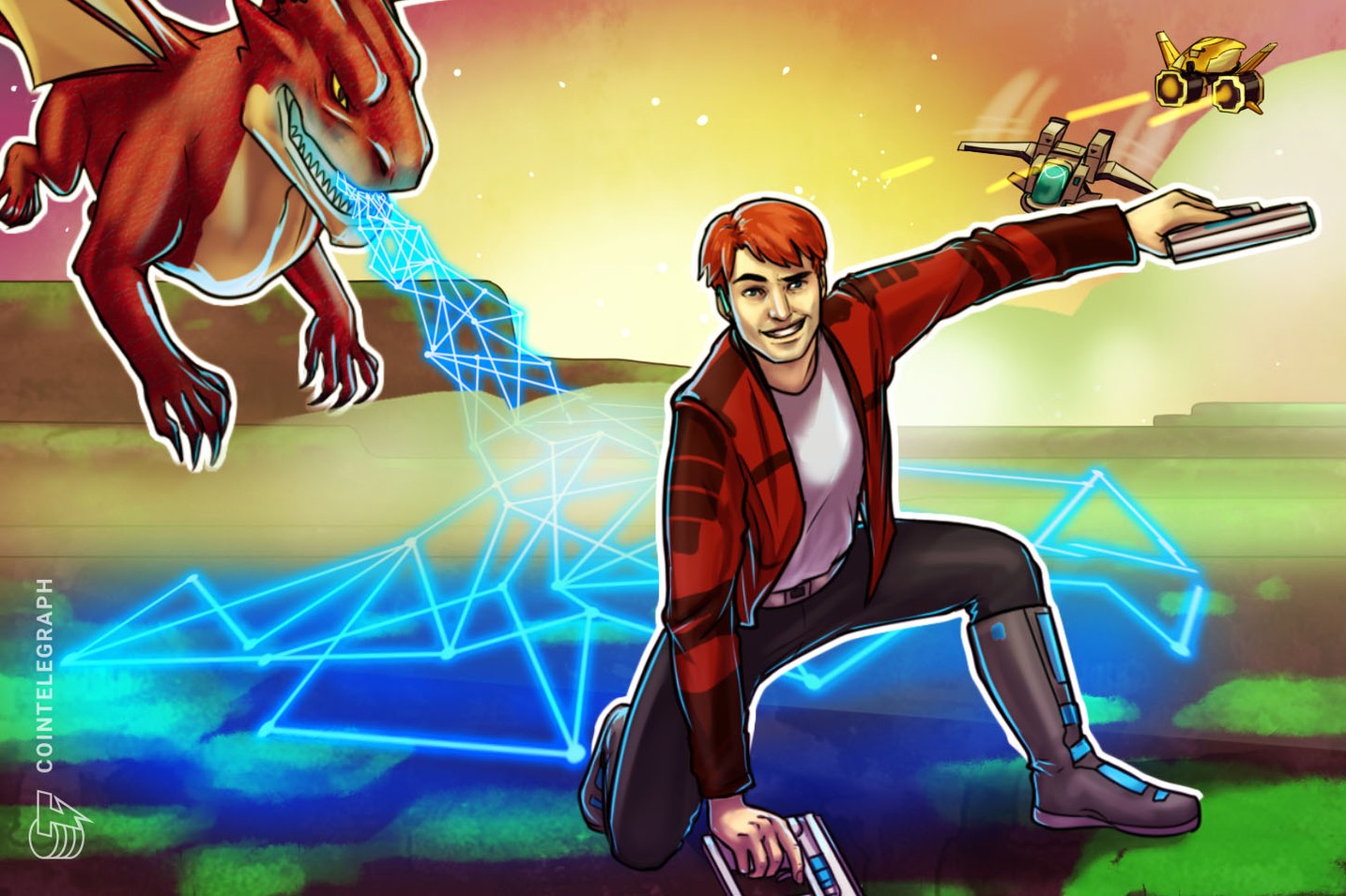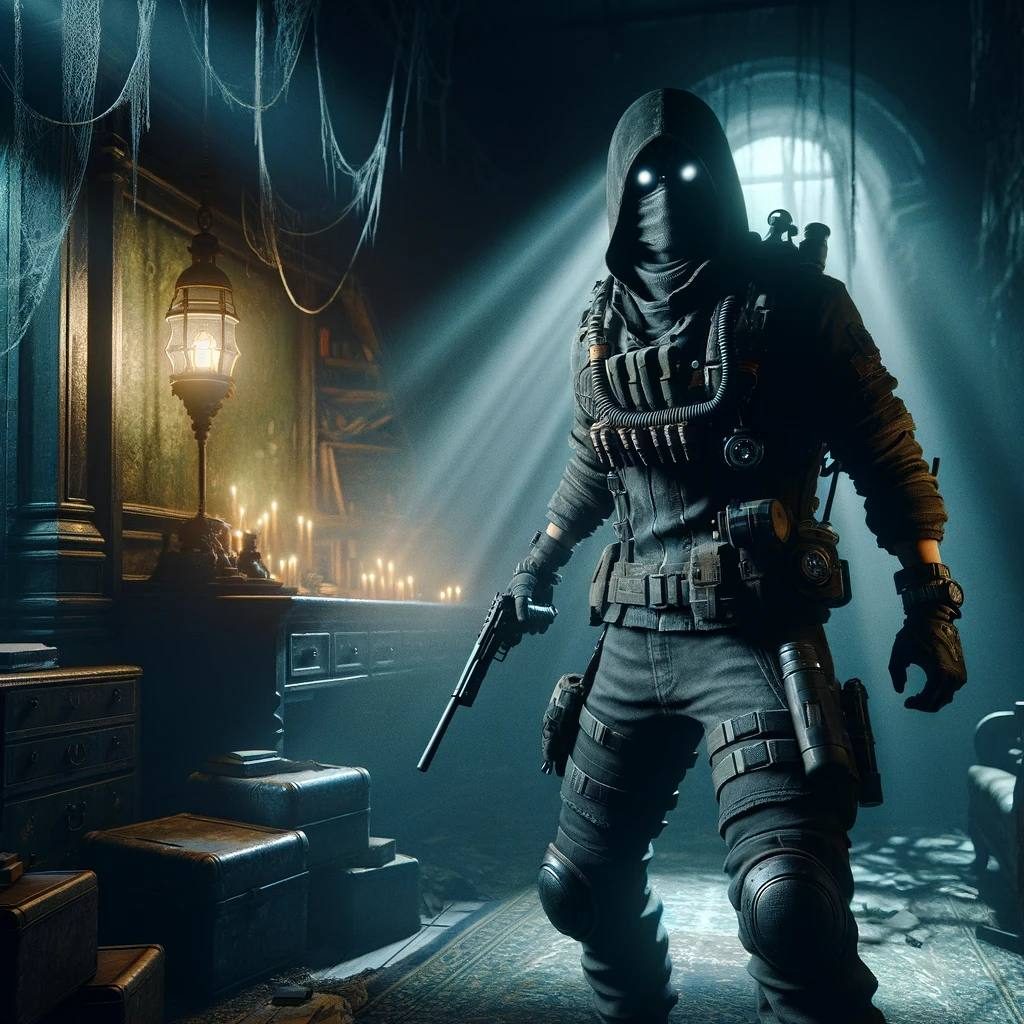In the ever-evolving world of video games, Nintendo’s Super Mario franchise has always been synonymous with quirky and surreal gameplay. From its inception in the early ’80s to more recent releases, Mario and Luigi have embarked on countless adventures, each more eccentric than the last. This month’s Super Mario Wonder is no exception, with its mesmerizing new elephant form and psychedelic Wonder Flowers that warp reality. Let’s dive into some of the most peculiar entries in the Super Mario series that have left players scratching their heads.
Mario and Luigi, our beloved plumbers, made their debut in the 1983 arcade classic “Mario Bros,” long before they became super. The game involved them scuttling around sewers, leaping on pipes, and toppling turtles. It was a modest start to a franchise that would become increasingly bizarre.
Growing bigger and stranger
“Super Mario Bros” in 1985 took the weirdness up a notch with its magic mushrooms that made Mario grow to enormous sizes, akin to an 8-bit Alice in Wonderland. This marked the beginning of a trend where each Mario game seemed to outdo its predecessor in terms of peculiar power-ups and surreal gameplay.
The Super Mario series isn’t just known for being weird but also for including incredibly obscure titles, some of which never left Japan. One such game featured Mario working in a cement factory, hastily moving on elevators to empty liquid cement containers into delivery trucks. The game raised questions about worker safety and business regulations, but it was undeniably fun.
All night, Nipo’s Mario
In a truly unique collaboration, an exclusive Mario game was produced to celebrate Japan’s late-night national radio show, “All Night Nippon.” Published not by Nintendo but by Nippon Broadcasting System (NBS), the game featured 8-bit versions of NBS radio DJs instead of the usual Toad rescues. In a bizarre twist, one DJ was turned into an army of Goombas. The power-up items were replaced by a mysterious magical artifact buried in Tokyo. Mario’s mission was to save his favorite NBS presenters from the clutches of Bowser, a scenario akin to rescuing 1970s-90s Radio One Roadshow stars in a British context.
Mario on a wristwatch
Many have played “Super Mario Bros 3,” the classic 1988 NES title. But how about Mario on a wristwatch? In 1990, a simplistic single-screen LCD platform game was squeezed onto a digital wristwatch by Nelsonic Industries. Mario’s quest was to save Princess Peach from Bowser, now known as “The Koopa Dragon.” The game was limited, but it served as a reminder of how even a basic wristwatch game could be entertaining.
Mario’s typing adventure
In an educational endeavor, Interplay released “Mario Teaches Typing” for MS-DOS PCs. The game allowed players to enhance their typing skills while guiding Mario through platform and swimming challenges. Although the concept was sound, the game’s graphics left much to be desired. However, it’s historically significant as the first game to feature Charles Martinet as the voice of Mario.
“Hotel Mario” was a single-screen platformer where Mario had to close every open door in hotel lobbies owned by the Koopa Kids/Koopalings. Unfortunately, the game was created by Dutch electronics company Philips for its CDi device. Philips’ inexperience in coding and the awkward CDi controllers led to an unresponsive and unplayable game. One world was even aptly named ‘Seizures Palace,’ featuring Goombas dressed as Elvis Presley impersonators.
Sewing with Mario
In 1986, a peculiar title named “I Am a Teacher: Super Mario Sweater” allowed players to simulate sewing by inputting sweater measurements and adding Super Mario character designs. The patterns could then be sent to Royal Industries, who would create the sweater. A Game Boy Color follow-up called “Mario Family” allowed players to design pixel patterns and transfer them to fabric using the JN-100 sewing machine, a niche accessory. Although unusual, these games showcased the creativity that could emerge from unlikely partnerships.





